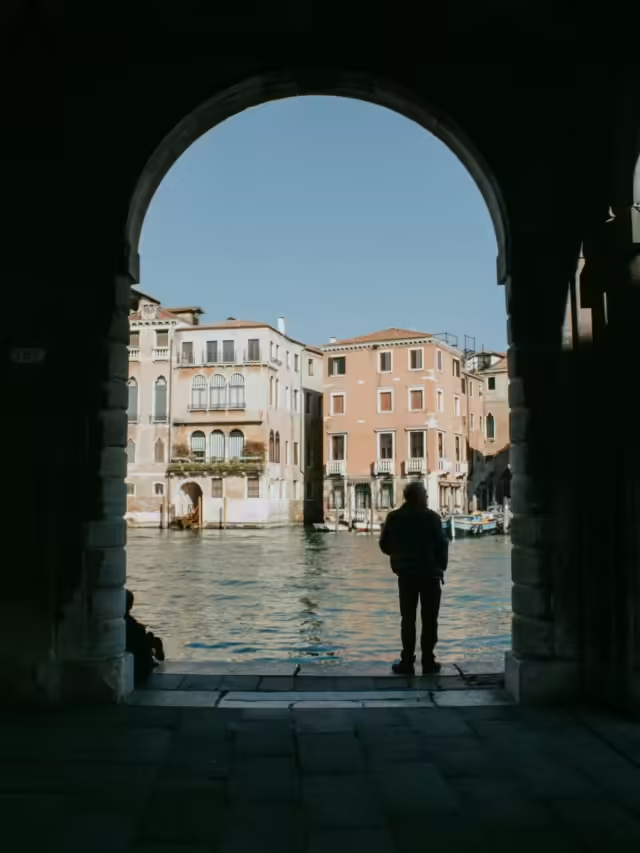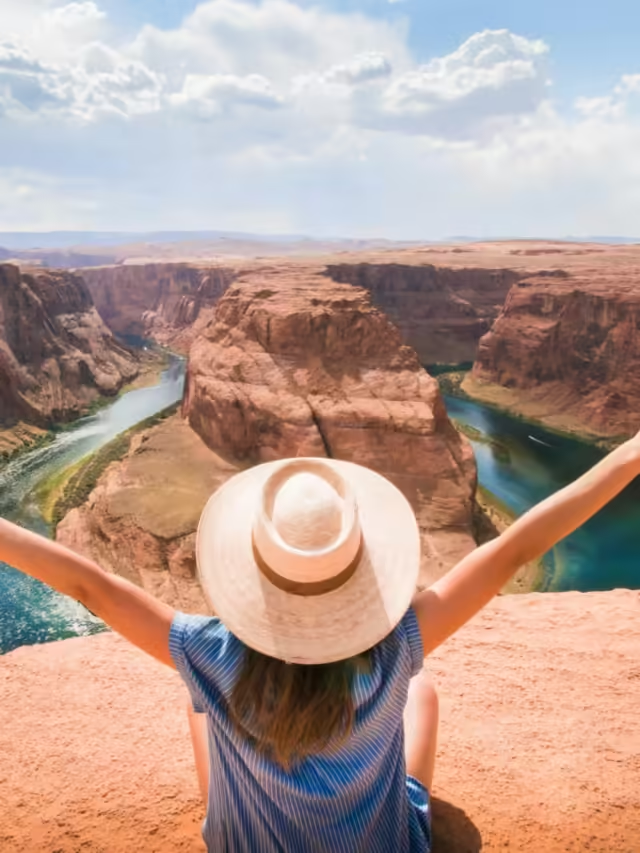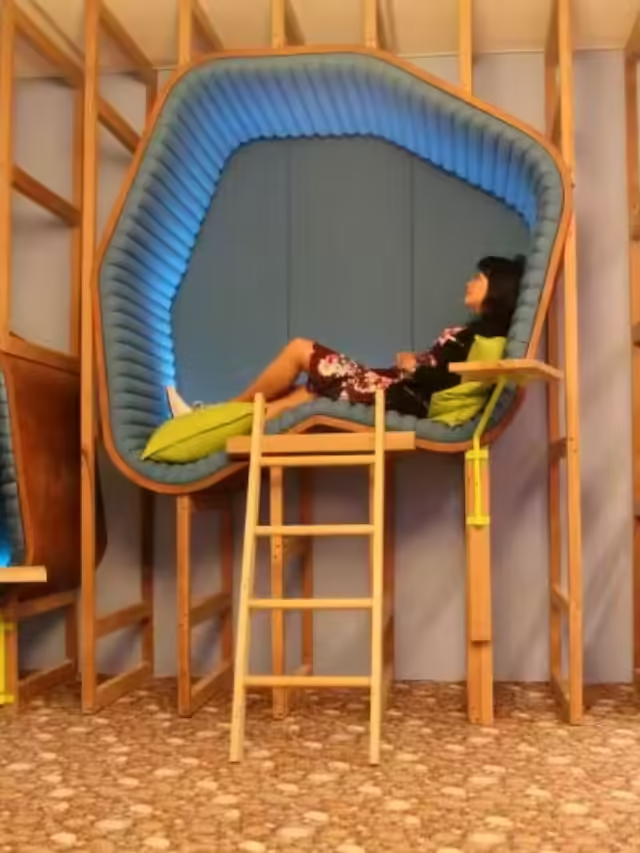From Clutter to Calm: How to Start Your Minimalist Journey
Living in a fast-paced, consumer-driven world, it’s easy to feel overwhelmed by the things we accumulate. As closets burst at the seams, pantries overflow, and life feels chaotic, the growing trend of minimalism offers a solution: calm through simplicity. In this article, we’ll explore how to start your minimalist journey, with practical tips for beginners, and share guidance on mindful shopping in a world obsessed with consumerism.
What is Minimalism?
Minimalism isn’t about owning fewer things just for the sake of it. It’s about intentional living, focusing on what truly matters. This lifestyle is built around the idea that by reducing excess—be it objects, distractions, or unnecessary commitments—we can live more fulfilled, meaningful lives. Minimalism shifts the focus from possessions to experiences, relationships, and well-being.
Minimalism is on the rise in the USA, particularly among those seeking freedom from clutter and a clearer mind. Studies show that people who adopt minimalist practices experience reduced stress, improved mental clarity, and enhanced happiness. In fact, a survey by the American Psychological Association revealed that 64% of Americans felt their lives would be improved by decluttering. The challenge? Knowing where and how to begin.
Why Start Minimalism?
Before diving into how to start your minimalist journey, let’s briefly talk about why minimalism can positively impact your life:
- Less Stress: A cluttered environment creates a cluttered mind. Studies show that individuals in cluttered spaces have higher levels of cortisol (the stress hormone).
- Financial Freedom: By embracing mindful shopping and reducing unnecessary purchases, you can save money for more meaningful things like travel or investing in personal growth.
- More Time and Energy: Owning less means spending less time cleaning, organizing, and maintaining stuff. That means more time for activities and people you love.
- Environmental Impact: Minimalism can reduce your carbon footprint. When you consume less, you contribute less to waste and the depletion of resources.
Step 1: Define Your “Why”
Every minimalist journey starts with understanding why you want to simplify your life. Are you overwhelmed by clutter? Trying to save money? Craving more time to spend on hobbies? Having a clear purpose will help you stay motivated when things get tough. Write down your reasons for adopting minimalism and refer to them whenever you feel discouraged.
Step 2: Start Small – Decluttering Your Space
One of the most intimidating parts of minimalism is the idea of decluttering your entire home. But there’s no need to go full Marie Kondo overnight. Start with small, manageable steps:
1. Choose One Area
Pick a room or category of items (like clothes, books, or kitchen utensils) and commit to decluttering just that. The goal isn’t to get rid of everything at once but to build momentum.
2. Use the “One-Year Rule”
If you haven’t used or worn something in over a year, ask yourself if you really need it. Chances are, if it hasn’t been touched in 12 months, it’s not adding value to your life.
3. Organize by Necessity
Separate items into three categories: keep, donate, or discard. This simple method helps clear space while making sure you hold onto what matters most.
4. Digitize When Possible
Whether it’s paperwork, photos, or old DVDs, going digital can help eliminate physical clutter while preserving memories and important documents. Services like Google Drive or Apple iCloud make this easy.

“Marie Kondo, a global icon of minimalism, inspires millions to embrace the ‘KonMari’ method—focusing on keeping only the items that spark joy. Her philosophy transforms homes and minds by decluttering for a simpler, more intentional life.”
Step 3: Adopt a Capsule Wardrobe
A capsule wardrobe is a collection of timeless, interchangeable clothing pieces that all complement each other. Rather than having a closet full of “stuff,” a capsule wardrobe focuses on versatility, quality, and simplicity.
Here’s how to build one:
- Choose Basic Colors: Stick to a palette of neutral tones (black, white, gray, navy) for easy mixing and matching.
- Limit Your Choices: Aim for 30-40 items per season (including shoes and accessories).
- Invest in Quality: Quality over quantity is key. Spend more on durable, timeless pieces rather than chasing trends.
Step 4: Do You Really Need It? Questions to Ask Before Your Next Purchase
One of the biggest challenges in adopting a minimalist lifestyle is resisting the urge to buy more. In a culture driven by consumerism, it’s important to question purchases to avoid filling your life with unnecessary stuff. Ask yourself:
1. Is This a Need or a Want?
Be honest with yourself. Do you need this item to improve your daily life, or is it just a fleeting desire?
2. Does It Add Value to My Life?
Will this purchase truly make your life better or bring joy? If it’s just another “thing” that will take up space without adding value, it’s time to reconsider.
3. Can I Afford It Without Stress?
If making this purchase will cause financial strain or lead to debt, it’s probably not worth it. A key aspect of minimalism is financial freedom, and buying things you can’t afford takes you further away from that goal.
4. Will I Still Want This in 6 Months?
Give yourself time before buying something new. This cooling-off period helps prevent impulse buying and ensures you’re making intentional choices.
Step 5: Mindful Shopping
Living minimally doesn’t mean you can’t shop. However, it does mean shopping mindfully. This can involve:
1. Avoiding Sales Traps
Sales can create the illusion of savings, but they often lead to buying things you don’t need. If you wouldn’t buy the item at full price, you probably don’t need it.
2. Choosing Quality Over Quantity
Instead of buying a lot of low-cost items, focus on buying fewer, higher-quality pieces that will last longer.
3. Considering Environmental Impact
Make purchases with the environment in mind. Opt for sustainable, eco-friendly products, and consider the lifecycle of what you buy. Will it end up in a landfill, or is it biodegradable and recyclable?
Step 6: Minimalism in Digital Spaces
Minimalism isn’t just for your physical space. Many of us spend hours scrolling through social media or drowning in email notifications. Digital minimalism is the practice of decluttering your online life for a more focused, intentional use of technology.
1. Unsubscribe from Email Lists
How many times do you delete promotional emails without reading them? Clear the clutter by unsubscribing from unnecessary lists and newsletters.
2. Declutter Your Desktop
Organize your digital files, delete old documents, and keep only what’s necessary. An organized desktop can reduce stress and improve productivity.
3. Limit Social Media
Evaluate how much time you spend on social platforms. If you find they don’t add value or bring joy, consider setting limits or deleting accounts.
Step 7: Embrace Experiences Over Things
One of the cornerstones of minimalism is prioritizing experiences over material possessions. Instead of spending money on items that will clutter your home, focus on investing in meaningful experiences like travel, outdoor adventures, or simply spending time with loved ones.
In the USA, this shift is already happening. A 2020 study found that 78% of millennials prefer experiences over material goods, emphasizing that memories, not things, bring long-lasting joy and satisfaction.
Final Thoughts: Minimalism Is Personal
Remember, minimalism looks different for everyone. It’s not about rigid rules or owning a specific number of items. Instead, it’s about living intentionally and creating space for what truly matters. Whether you’re decluttering your home, making mindful purchases, or simplifying your digital life, your journey to minimalism can bring clarity, calm, and a sense of freedom.
So, the next time you’re about to buy something, ask yourself: Do I really need this?
Minimalism isn’t about having less; it’s about making room for more—more time, more experiences, and more joy.
By adopting minimalism, you can free yourself from the pressure to constantly buy more and instead focus on what truly brings happiness and fulfillment. As you start your journey from clutter to calm, remember that every small step is progress, and your path to simplicity is uniquely yours.



















No responses yet